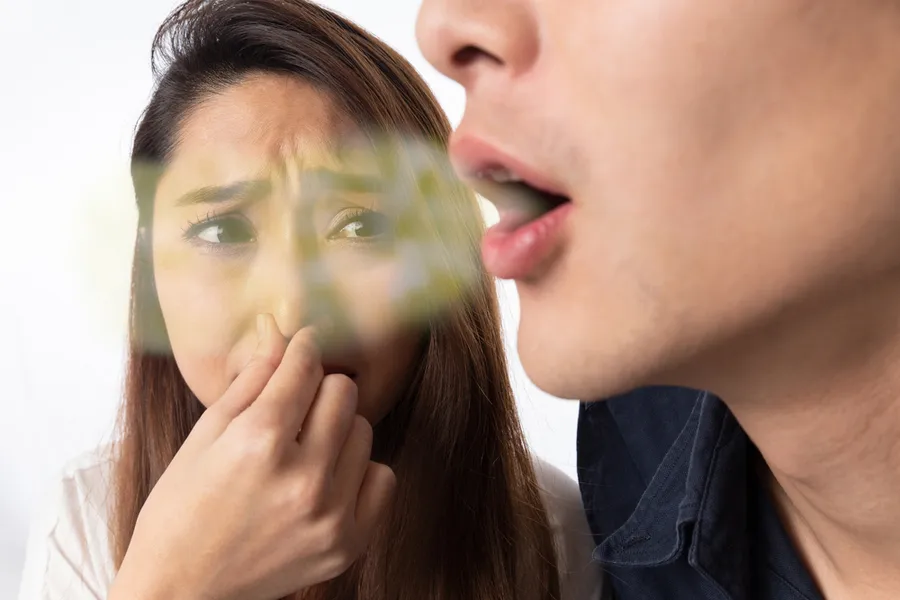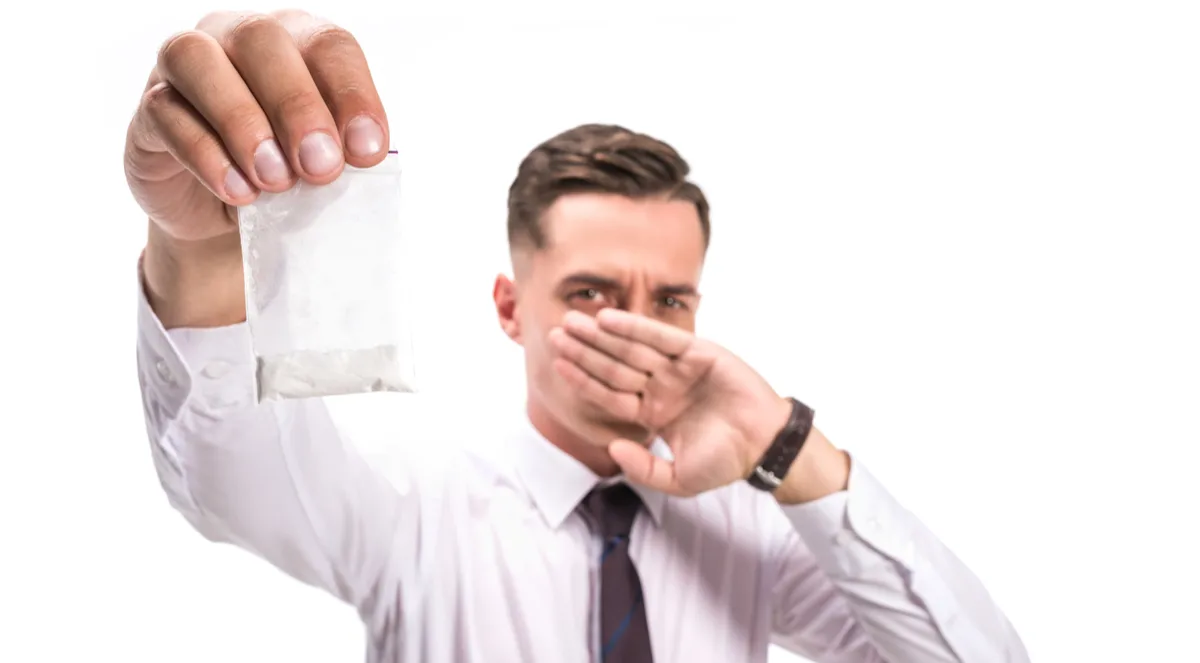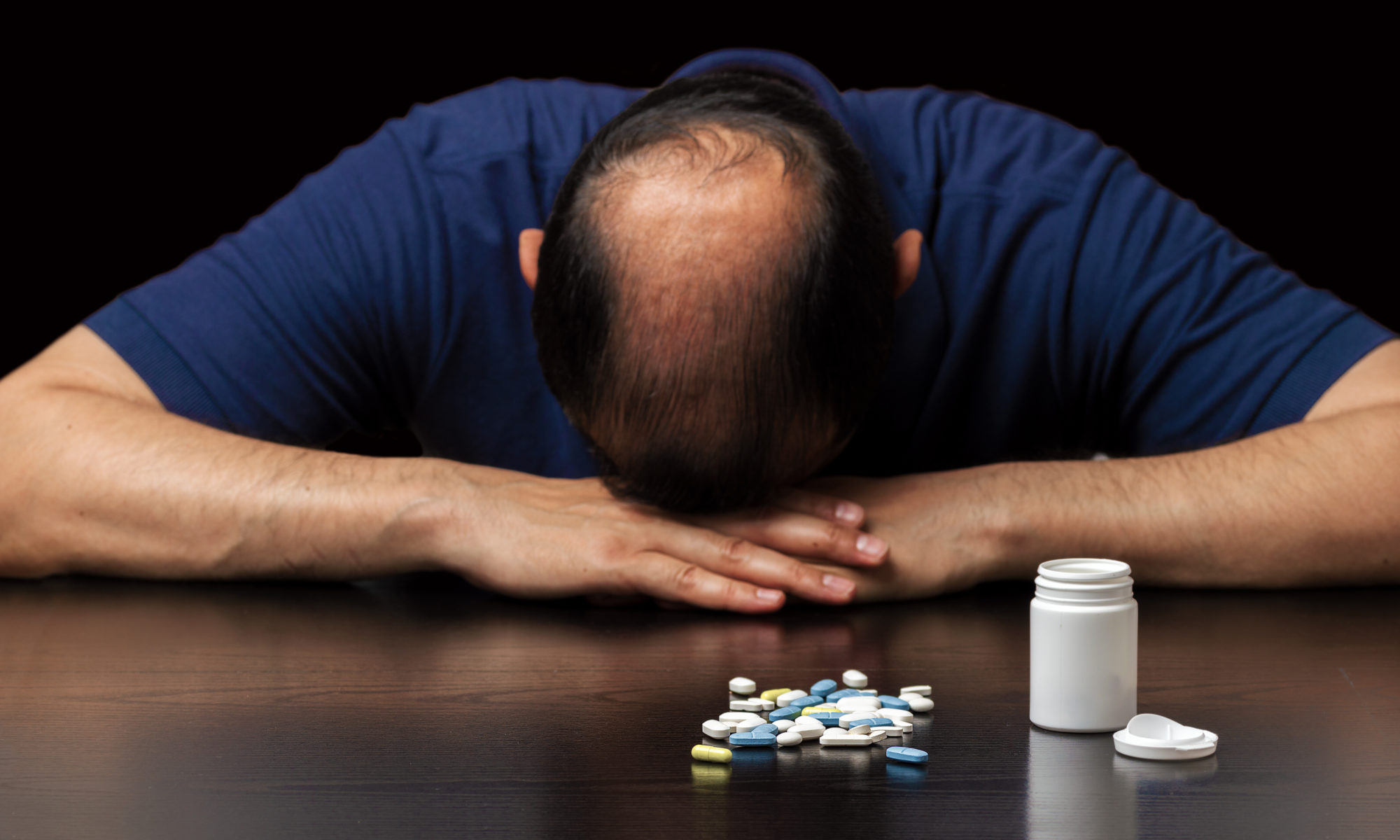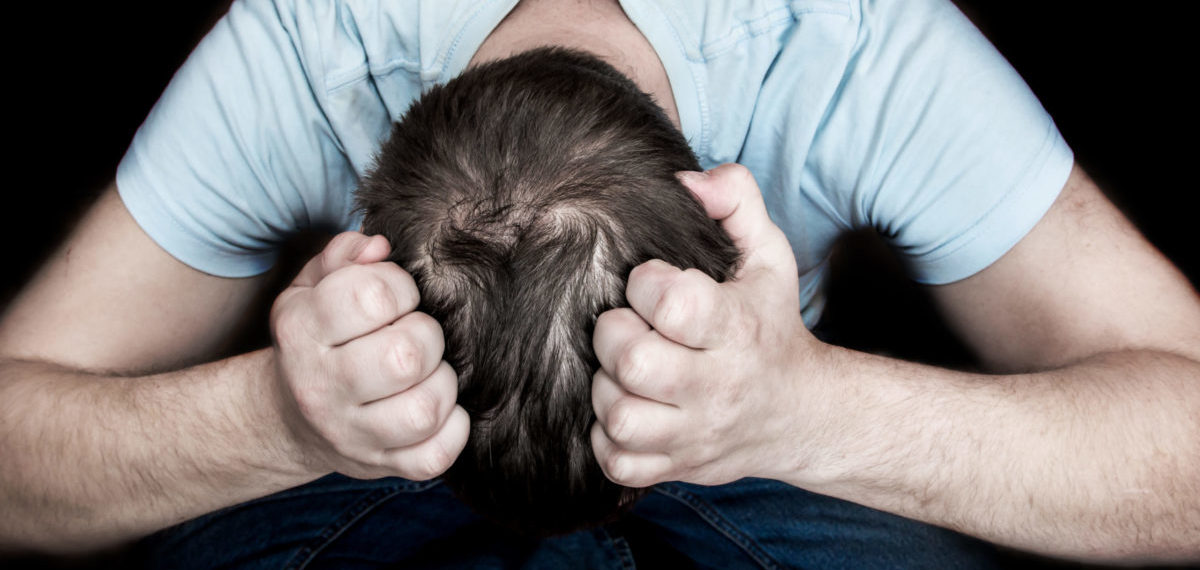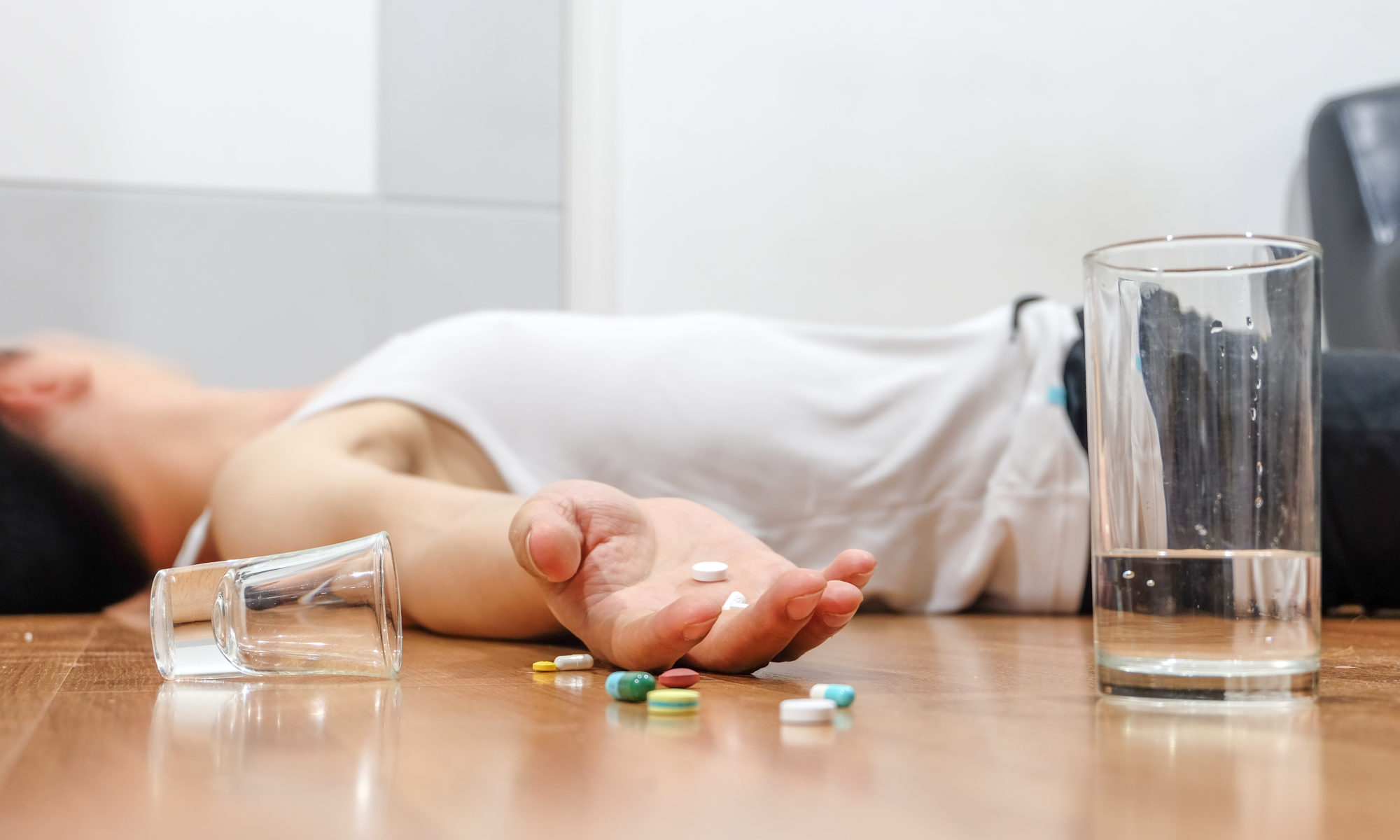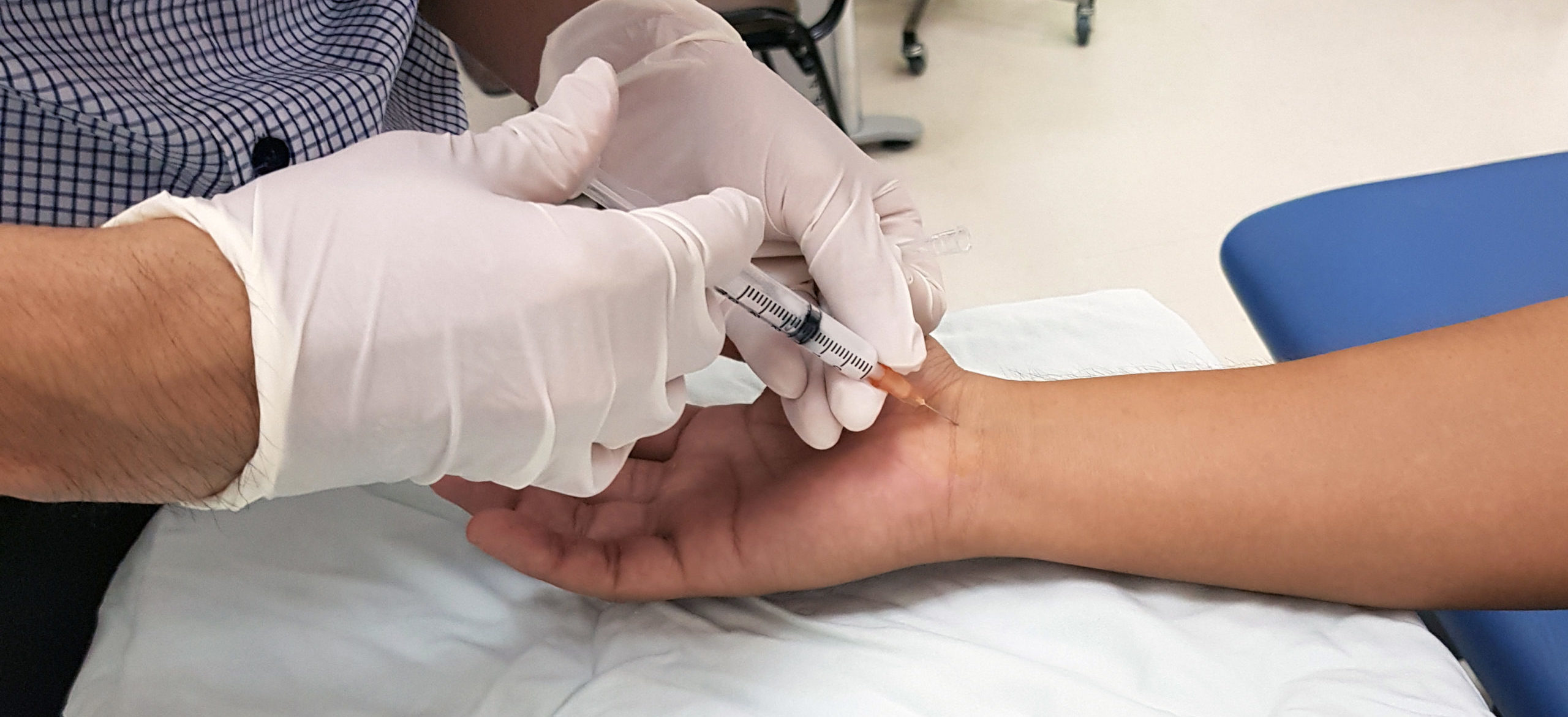Meth Mouth
Many people are surprised to find that bad breath is a common consequence of drug abuse. We talk extensively about the physical and mental health impairments related to drug abuse. But these are not the only impairments that we have to worry about.
Oral problems, including bad breath, are particularly common among meth users. Users call this meth mouth. Meth mouth is characterized by damage in and around the mouth, to the teeth and gums, and the lips.
What Causes Meth Mouth?

Meth mouth occurs for several different reasons. Neglected oral hygiene is one of the most common. Drugs as powerful as meth can make you forgetful, sleepy, and distracted. It is unlikely that someone on meth will remember to properly take care of themselves.
In addition to a poor diet and a lack of exercise and proper hydration, the oral hygiene habits of drug users often suffer. It is easy to forget to regularly floss and brush your teeth when you are under the influence of an overwhelming substance.
Meth also causes dry mouth, a significant contributor to developing cavities and eroding gums. It is acidic, which damages the teeth more directly. And it can make you crave sugar and grind or clench your teeth.
These are the primary drivers of meth mouth: poor oral hygiene, dry mouth, acidic erosion, sugar cravings, grinding and clenching your teeth. The symptoms of meth mouth can be a source of insecurity, discomfort, or even pain.
Meth and Bad Breath
Bad breath in meth users is caused by dry mouth and poor oral hygiene. But bad breath is only the start of meth mouth. What’s more concerning are the side effects that come next. These side effects can be mild to severe, depending on the level of use and other individual factors.
They can also occur both inside and outside of the mouth. Damage to the lips, tongue, cheeks, and gums is common. It is not just your breath or your teeth that suffer when you use meth. There is no safe way to use meth. Using meth will always put your oral, mental, and physical health at risk.
Other Symptoms of Meth Mouth
Dry or cracked lips, damaged gums, tooth decay, cavities, and missing teeth are all common among meth users. In one study, medical professionals examined the mouths of 571 meth users. They found that nearly everyone in the study had poor oral health.
Among them, the three most common oral health impairments were cavities (present in 96% of participants), untreated tooth decay (58%), and at least six missing teeth (31%). Meth mouth is often one of the most apparent physical changes that occur when a person uses meth.
Dentists often characterize meth mouth by the presence of severe tooth decay and gum disease. This combination often causes teeth to break, blacken, rot, crumble, or fall out. Lesions are also typical among meth users.
These side effects are often apparent from the outside. Meth users often experience alterations to their facial features, as well as skin damage. The sunken look that accompanies meth use is one of the most obvious signs of trouble.
How Common is Meth Use?
Methamphetamine is a Schedule II drug. This means that it is too dangerous for medical use and has a high potential for abuse and severe dependence. But this classification has done little to curb meth use over the years.
In 2017, roughly 1.6 million people reported using meth in the past year. Most users tried meth after becoming addicted to prescription opioids. One study confirmed that this connection was present in 80% of participants.
Other Side Effects of Meth Use
Learning about the effects of meth is an important step in keeping ourselves and each other safe. Meth mouth is a common and concerning condition among users. But there are other side effects that you should also be aware of.
Aside from meth mouth, some of the most common side effects of meth use include:
- Weight loss
- Body tremors
- Increased or irregular heartbeats
- Confusion
- Paranoia
- Hyperactivity
- Insomnia
- Anger
- Anxiety
These side effects can vary depending on many individual factors. The method of use, frequency, mental health, and medical history of the user are some of the most impactful. Some side effects are specific to certain methods of drug abuse.
For example, injecting meth comes with the additional risks of collapsed veins, infections at the injection site, and HIV from shared needles. Snorting meth can damage the nasal cavity and sinuses, causing issues like loss of smell and painful nosebleeds.
Over time, more troubling side effects become more likely. These include potentially fatal health problems, like central nervous system damage, seizures, strokes, heart attacks, and overdoses. But you do not have to live in constant fear of the impacts of your meth use. Help is available.
How to Prevent Meth Mouth
Preventing meth mouth comes down to altering your habits. There is no foolproof way to prevent meth mouth while you continue to use meth. These oral health impairments will always be linked to meth use, and they will only get worse the longer the abuse goes on.
If you have already stopped using meth and want to prevent further damage, there are a few changes you can make. Building a healthier oral hygiene routine, staying properly hydrated, eating nutritious meals, avoiding excessive amounts of sugar, and checking in with your dentist are all good ideas.
Treatment for Meth Mouth
Treatment for meth mouth can help reverse or improve the damage done. But meth addiction treatments should come first. After all, there is no point in improving your oral health without improving your habits.
Once you have stopped using meth and developed a healthier routine, your dentist can help you determine which treatments will make the biggest difference. Depending on the level of damage, it may be as simple as brushing with a certain toothpaste, using a prescription mouthwash, avoiding sugar, drinking more water, and eating healthier meals.
But for long-term users or users ingesting high volumes of meth, there may be more damage than can be undone with such simple changes. Our medical staff can help you analyze your options and find the right dental care provider. They will guide you from there.
Getting Help for Meth Addiction

Recognizing that you need help is the first step in addiction recovery. Methamphetamine is a highly addictive stimulant. No one expects you to overcome it on your own. At Best Rehabs In Arizona, we understand how difficult it is to break the chains of addiction, and we are here to show you the way.
At each step in your recovery journey, you will have access to the expert-level care, support, and guidance that you need. We will help you break down the barriers between this life and a healthy, happy, sober one. We will help you find a way to live that doesn’t involve meth or its many potential consequences.
If you or someone you love needs help overcoming meth addiction, you have come to the right place. At Best Rehabs In Arizona, we believe in high-level, holistic, and personalized treatment programs. Call our addiction counselors at 866-576-4892 to get started building yours.





